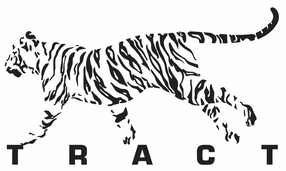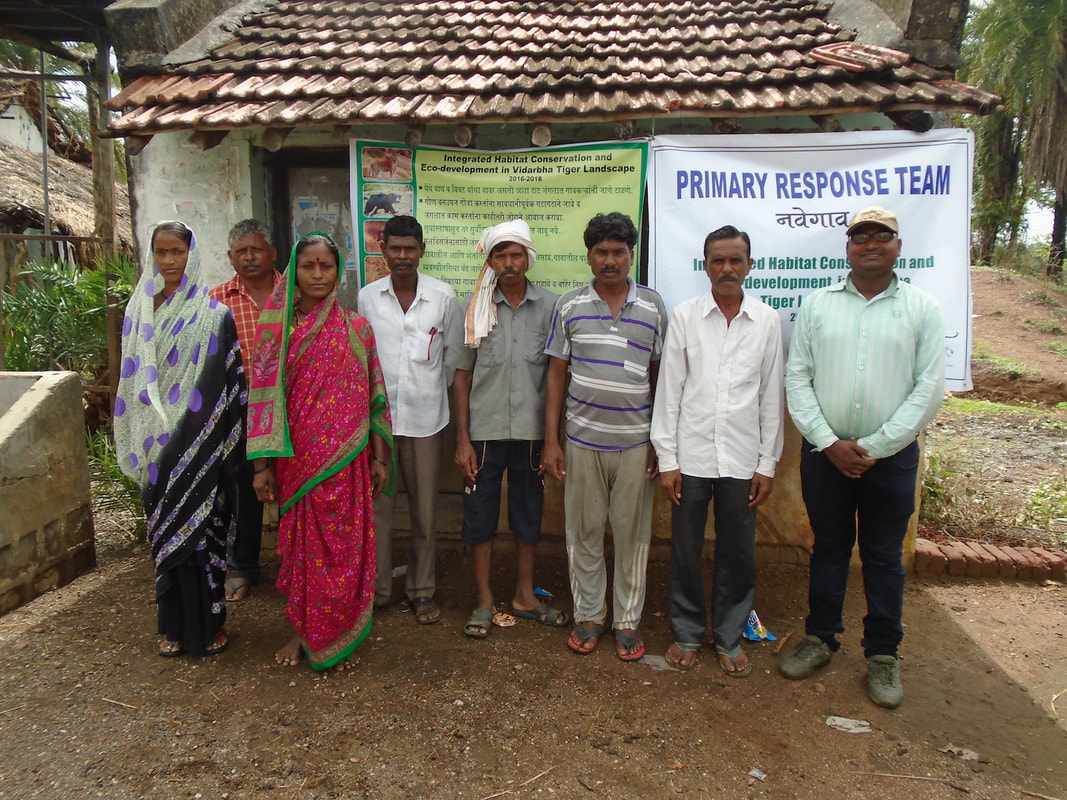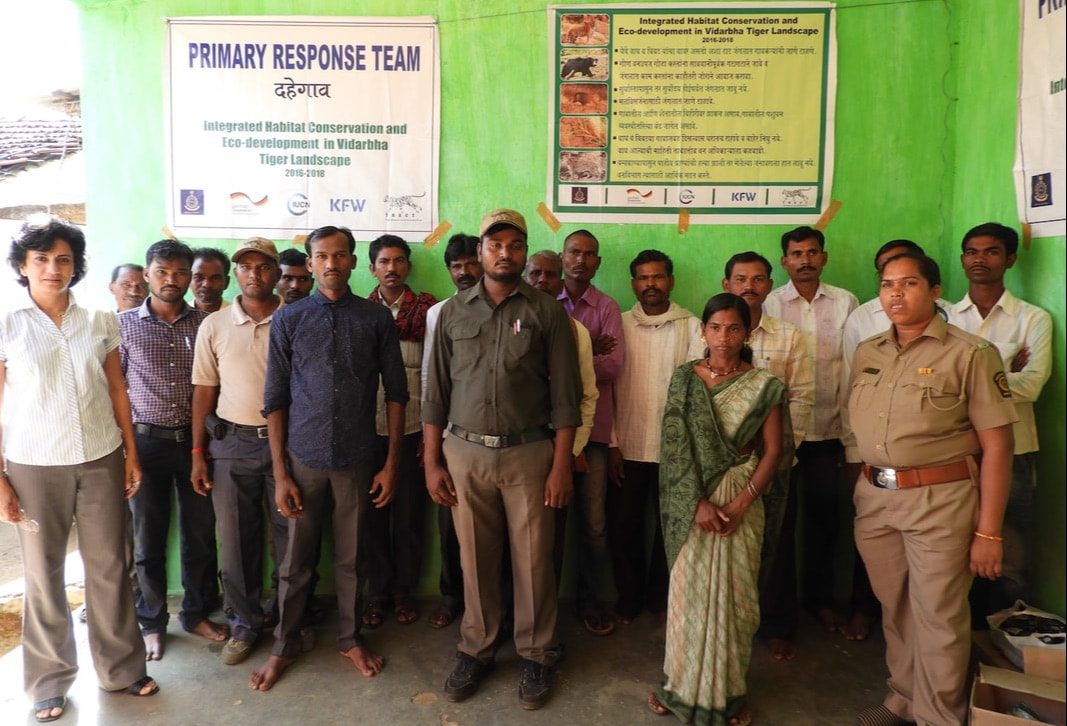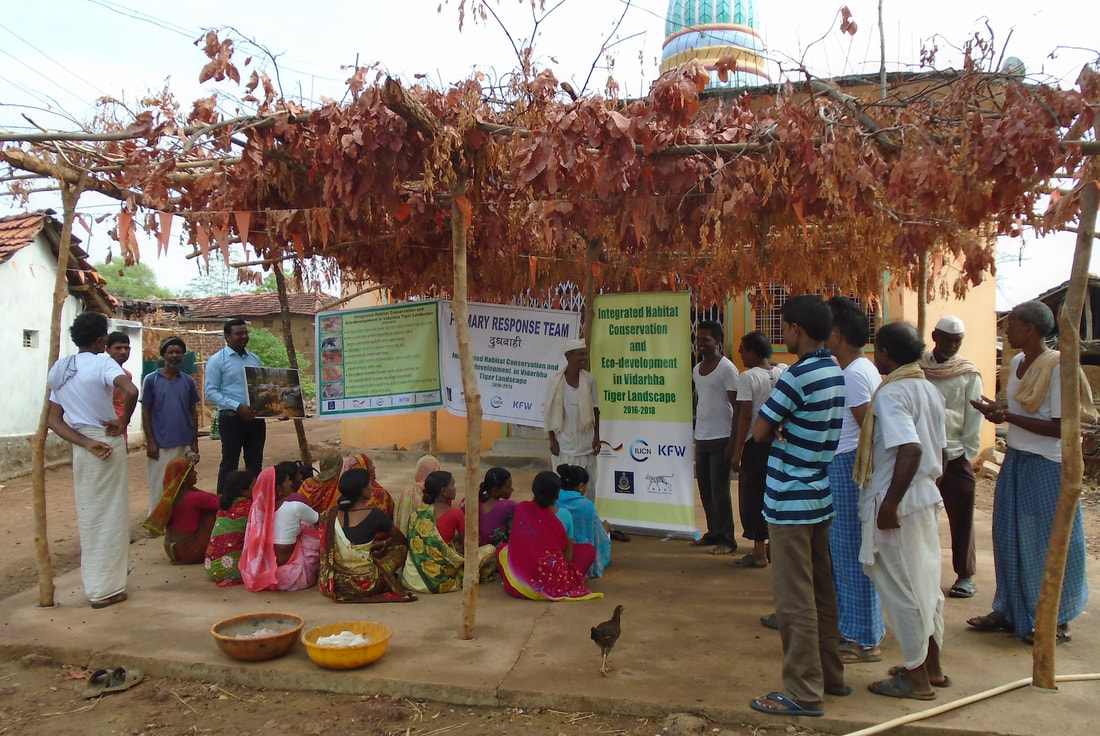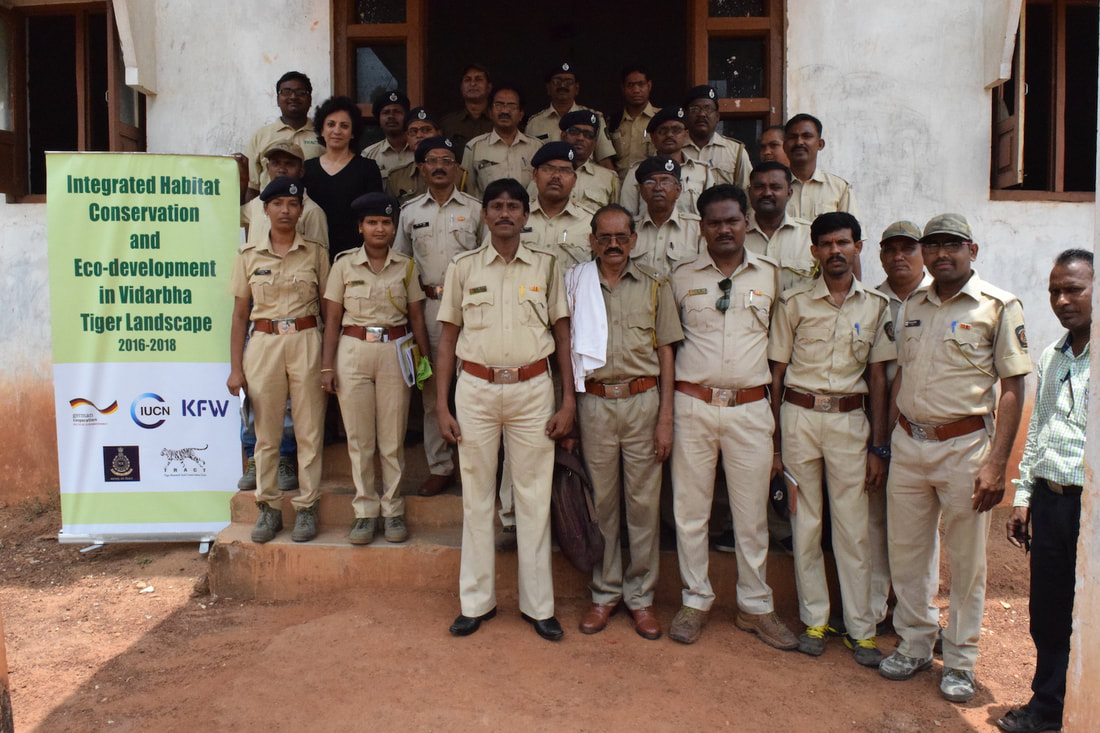- About Us
-
Our Work
-
Our Projects
>
- Integrated Habitat Conservation and Eco Development
- Village Social Transformation
- Community Leadership for Conflict Mitigation
- Tiger Ambassadors - Satpuda Landscape Tiger Partnership
- Securing Women - Daksh Nari
- Tiger Conservation - Satpuda Landscape Tiger Partnership
- Human Wildlife Conflict- Mitigation
- Community for Tigers
- Jungle Patrols
- Consolidation of Habitat
- Training and Workshops
- Gallery
- Concepts
- Initiatives
- Reports
-
Our Projects
>
- Get Involved
- Media
INTEGRATED TIGER HABITAT CONSERVATION PROGRAMME (ITHCP)
SUPPORTED BY:
INTERNATIONAL UNION FOR CONSERVATION OF NATURE, GERMAN CORPORATION, KfW
Primary Response TeamsHuman - Large Carnivore Conflict and its Mitigation :
Having worked for more than a decade studying the negative interface between people and wild animals; the conflict and the attacks on people by large carnivores, it is factually certain that the main stakeholders in this conflict and its mitigation are the local people. Following failures and various methods in mitigating this conflict, we understood that the 1st responders to any conflict situation has to be within the local communities. We conceptualised and created the Primary Response Teams (PRT) as these 1st responders; to have the capacity to address the conflict situation, ensuring both the animal and people are safe. Understanding the reasons for conflict (poeple in the forest for collection of forest produce, firewood or grazing their livestock) and the need for the participation of the communities in this mitigation, the 5-7 members of the PRT's work towards sharing this information within their communities; they also work as an extension of the forest staff, working with the forest guards as required. We created PRT's in 60 conflict affected villages, built capacity to address conflict and to participate in mitigation. |
Sustainable LivelihoodAn initiative to increase employment in these 5 conflict affected villages: This was done by skill building in selected youth and women.
Training for hospitality was imparted to girls and jobs assured. These communities have very few opportunities due to lack of skills, education and industry in these forest fringes. Building capacity in individuals can ensure financially sustainable employment and reduce forest dependence |
Awareness Programs in Schools and VillagesOver 2 years, we have worked with the communities of 60 villages affected by this human - large carnivore conflict. The objective has been to create awareness among the communities about their role in mitigation and securing themselves, the need for every individual to participate in the mitigation of human - large carnivore conflict and the need for co-existence with wildlife.
Under this initiative, TRACT is also working with Teachers and school children in these villages to sensitise them about the need to protect the forest and wildlife; and their role in the same. Students are taken on trails, with discussion on the various flora and fauna, the importance of natural resources around them; the damage to forest habitat by fire and fragmentation; and most importantly, the way to keep themselves and their families secure from wild animal attacks |
